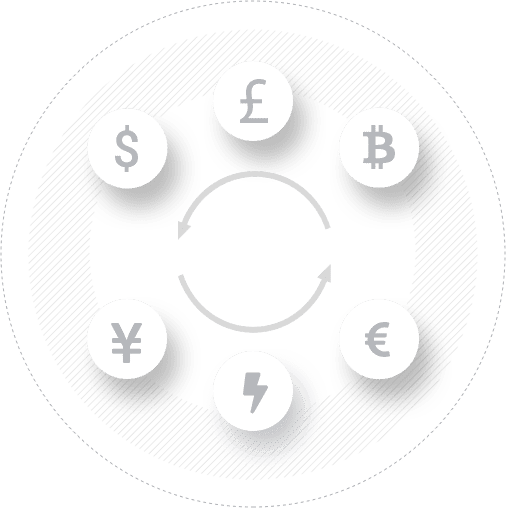
online trading has surged in popularity over the past decade, attracting both seasoned investors and beginners looking to grow their wealth. But while the potential for high rewards can be enticing, it’s critical to understand that trading also comes with significant risks. The key to long-term success lies in finding a balance between the two. This guide explores strategies to help traders effectively manage risks while pursuing opportunities.
Understand Your Risk Tolerance
Before you jump into the world of online trading, it’s essential to determine your risk tolerance. Risk tolerance is your ability and willingness to endure financial loss in pursuit of potential gains. Factors such as your age, income, financial goals, and experience with trading play an important role in defining this.
If you’re someone who feels uneasy with market volatility, opting for lower-risk strategies, like investing in blue-chip stocks or ETFs, might be ideal. On the other hand, those with a higher risk appetite may explore more volatile markets like cryptocurrency or leverage-based trading. Recognizing where you stand on the risk tolerance spectrum helps tailor your trading approach.
Diversify Your Portfolio
“Diversification” might be trading 101, but it remains a crucial principle for managing risk. A diversified portfolio spreads your investments across different asset classes, such as stocks, bonds, commodities, and currencies. By doing so, you reduce the likelihood of a single losing trade outweighing your gains.
For example, if one sector underperforms, other sectors in your portfolio may cover the loss. Data from studies shows that maintaining a diverse portfolio can increase your average return while simultaneously reducing risk over time.
Calculate and Mitigate Risks
Every investment carries inherent risks, but tools such as risk-reward ratios, stop-loss orders, and technical analysis can help balance them out. A stop-loss order, for instance, automatically exits a trade if the price falls below a predetermined level. This simple yet effective tool limits potential losses while allowing you to focus on future opportunities.
Risk-reward ratio analysis is another effective technique. The suggested ratio of 1:3 (risking $1 to earn $3) is widely used by successful traders, ensuring that potential profits far outweigh potential losses over time.
Stay Emotionally Neutral
One of the biggest mistakes traders make is letting emotions drive investment decisions. Whether it’s fear during market downturns or greed during rallies, trading out of emotion often leads to costly mistakes. Instead, rely on data-driven strategies and stay disciplined in following your plan.
Final Thoughts
Balancing risk and reward in online trading isn’t rocket science, but it does require discipline, strategy, and continuous learning. Focus on calculating risks, diversifying your investments, and understanding your emotional triggers. With these steps in mind, you’re well on your way to becoming a responsible and confident trader.
